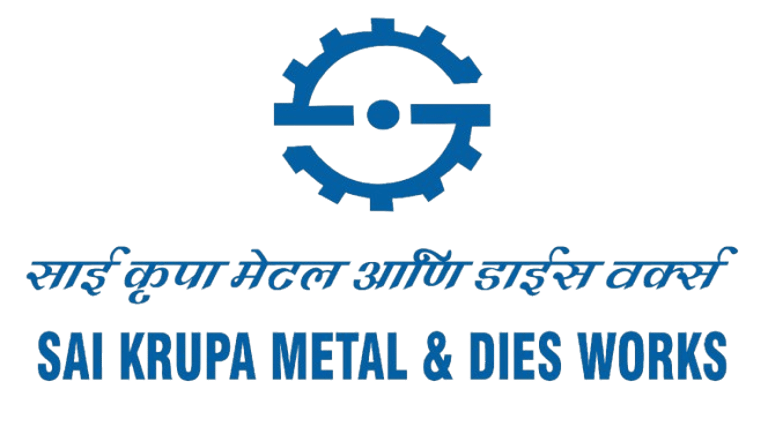Sheet metal components are finished parts made by shaping flat pieces of metal like steel, aluminum, and copper through processes such as cutting, stamping, bending, and welding. These components can range from common items like automotive clamps and electrical enclosures to more complex structures and are used across many industries for their versatility, strength, and ability to be customized with various surface finishes
1. What is Sheet Metal?
Sheet Metal is metal formed into thin, flat pieces (thickness ranges from 0.2 mm to several mm).
It is widely used in automotive, aerospace, electronics, construction, and consumer goods.
Common sheet metals: Steel (MS, SS), Aluminium, Copper, Brass, Titanium.
2. Sheet Metal Components
These are parts manufactured by forming, cutting, or joining sheet metal.
🔹 Types of Sheet Metal Components
Brackets – support structures, mounting parts.
Panels – automotive body panels, enclosures, covers.
Chassis/Frames – for electronics, machinery, vehicles.
Housings & Casings – for appliances, electricals.
Automotive Components – doors, fenders, roofs.
HVAC & Ducts – air-conditioning & ventilation systems.
Decorative Components – grills, perforated sheets, facades.
🔹 Manufacturing Operations
Cutting Processes
Shearing, Blanking, Punching, Trimming, Notching, Parting.
Forming Processes
Bending, Deep Drawing, Embossing, Curling, Hemming.
Joining Processes
Spot welding, Riveting, Adhesive bonding, Fasteners.
Finishing
Powder coating, Painting, Galvanizing, Anodizing.
3. Press Tools
Press Tools are dies and punches used with a press machine to convert sheet metal into required components.
🔹 Types of Press Tools
Cutting Tools
Blanking Tool – cuts flat shape (blank) from sheet.
Piercing Tool – makes holes.
Notching Tool – cuts portion from edge.
Parting Tool – separates two parts.
Trimming Tool – removes extra material.
Forming Tools
Bending Tool – bends sheet into angle/shape.
Drawing Tool – produces cup-shaped or hollow components.
Embossing Tool – raises/lowers part of sheet for design.
Coining Tool – creates detailed impressions.
Curling/Hemming Tool – rolls edge for strength/safety.
Combination Tools
Perform cutting and forming in a single stroke.
Progressive Tools
Multiple operations in progressive stations; component completed in last station.
Compound Tools
Two or more cutting/forming operations in one stroke at a single station.
4. Press Machines Used
Mechanical Press – flywheel operated, fast, good for blanking/punching.
Hydraulic Press – fluid pressure, suited for deep drawing & heavy forming.
Pneumatic Press – for small, light operations.
Servo Press – advanced control, high precision.
5. Tool Design Elements
A press tool generally consists of:
Punch – the male part that presses into sheet.
Die – female part that receives punch.
Die Block – holds die cavity.
Stripper Plate – removes sheet from punch after stroke.
Guide Pillar/Bush – ensures alignment.
Shank – connects tool to press machine.
Bolster Plate – base support.
6. Materials Used
Tool Steel (D2, D3, HCHC, OHNS) – wear resistance.
Carbide Tools – for high-volume, precision production.
Mild Steel – for low-cost, temporary tools.
7. Advantages of Press Tool Manufacturing
High production rate.
Accurate and consistent quality.
Cost-effective for mass production.
Wide range of component shapes possible.
Reduced material wastage (especially with progressive tools).
8. Applications
Automobile Industry – body panels, chassis, brackets.
Aerospace – lightweight aluminium parts.
Electronics – casings, connectors.
Appliances – washing machine, fridge, AC housings.
Construction – metal doors, windows, roofing sheets.
Furniture – cabinets, racks.
9. Challenges in Sheet Metal & Press Tools
Tool wear and maintenance.
Spring-back effect in bending.
High initial cost of press tools.
Need for precision in tool design.
Material handling and automation setup.
